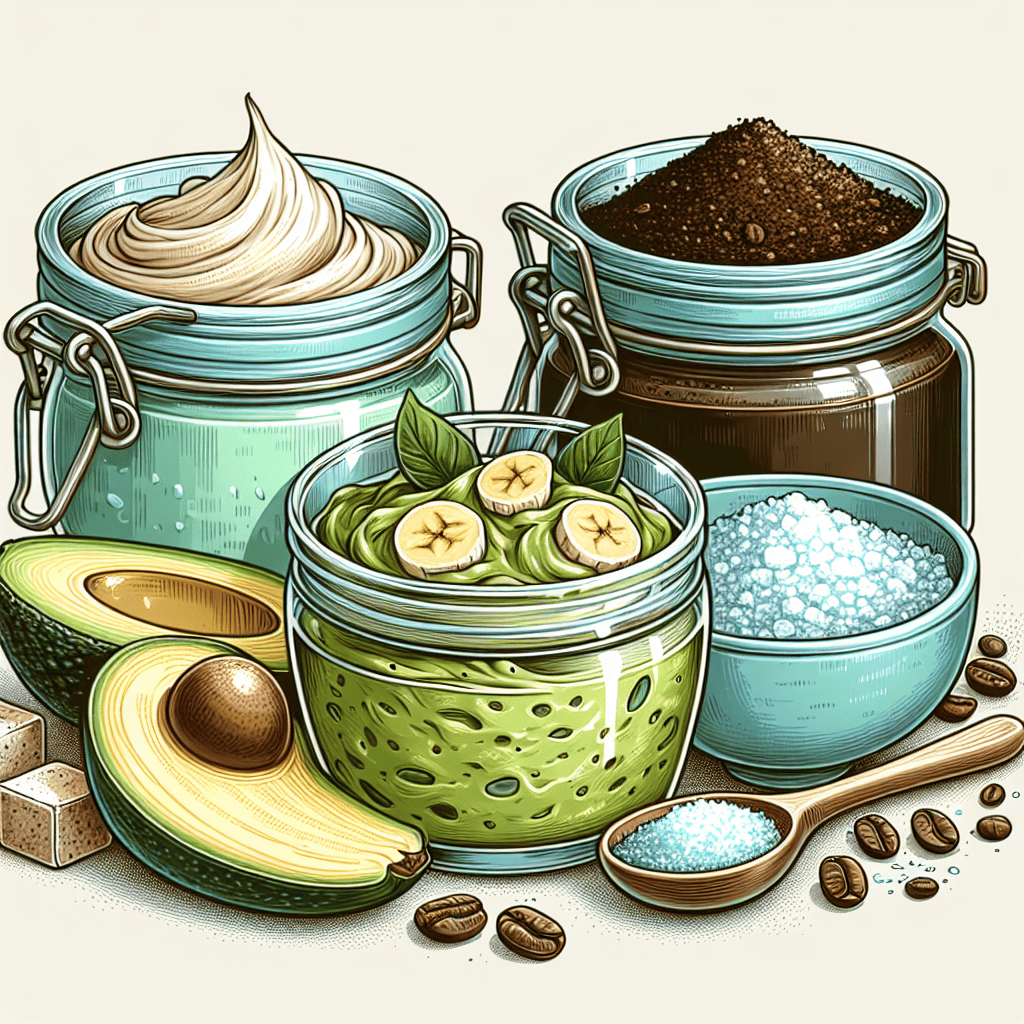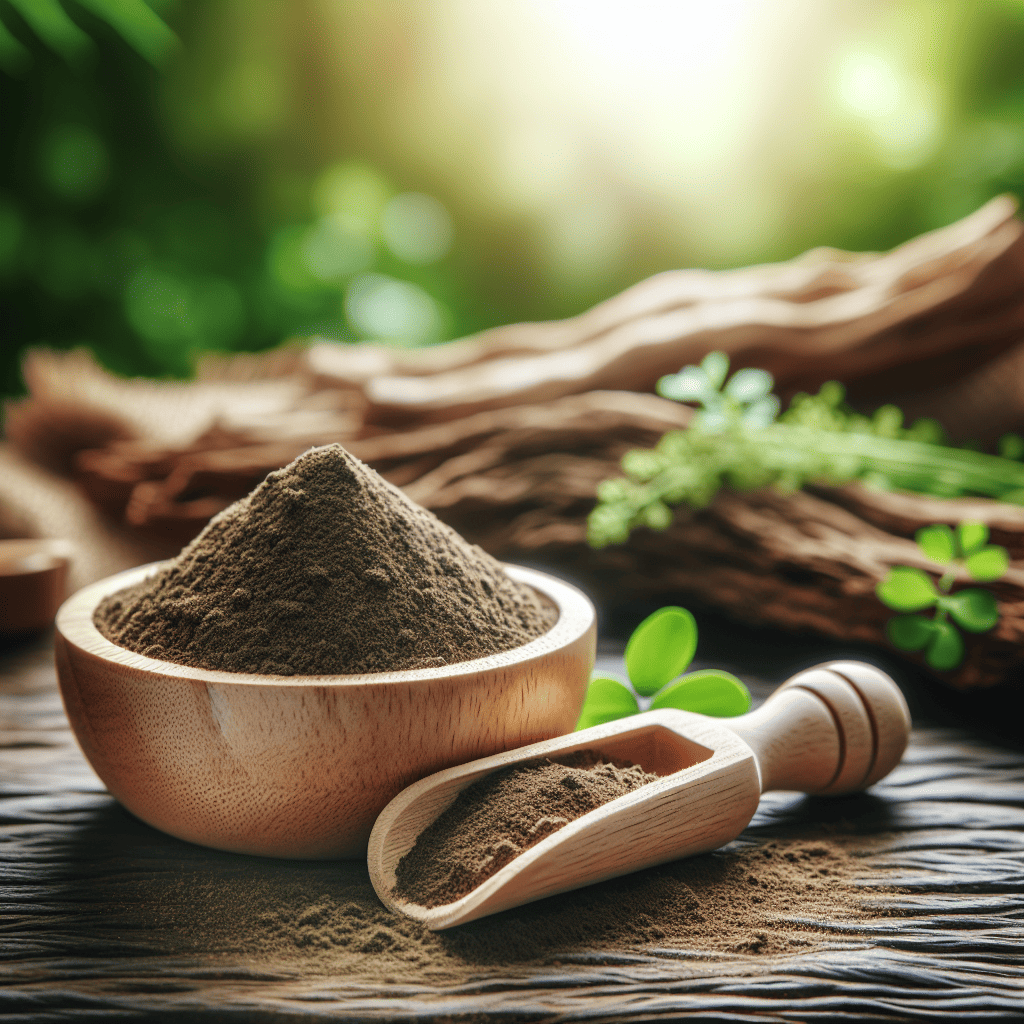Introduction: Facial scrubs and peels are essential for achieving radiant and healthy skin. In this blog post, we will explore the process of creating natural facial treatments, delve into the world of a rice peeling mask, and uncover the advantages of using medical scrubs for facial exfoliation.
Table of Contents
Steps to Make a Facial Scrub
Learn how to craft your own rejuvenating facial scrub at home.
- Details about Making a DIY Facial Scrub:
Creating a homemade facial scrub can be a great way to take care of your skin using natural ingredients. Sugar, coffee grounds, and coconut oil are commonly used for their exfoliating properties. Sugar works as a gentle exfoliant that helps to remove dead skin cells, leaving your skin smoother and brighter. Coffee grounds have a coarser texture, making them effective at sloughing off dry and rough skin patches. Coconut oil, with its moisturizing and antibacterial properties, not only helps to hydrate the skin but also fights off acne-causing bacteria.
To make a simple DIY facial scrub, you can mix equal parts of sugar, coffee grounds, and melted coconut oil in a bowl. Gently massage the scrub onto your damp skin using circular motions, focusing on areas that need extra exfoliation like elbows, knees, and heels. Allow the scrub to sit on your skin for a few minutes to let the ingredients work their magic. Then, rinse off the scrub with warm water and pat your skin dry. You will notice an immediate difference in the texture and appearance of your skin, which will feel smoother, softer, and more radiant after using the facial scrub.
Using a homemade facial scrub can be a relaxing and pampering experience that not only improves the appearance of your skin but also boosts your overall well-being. The act of taking time for self-care and treating your skin to natural ingredients can be a form of mindfulness that helps to reduce stress and enhance your mood. Regular exfoliation with a homemade scrub can promote cell turnover, improve skin tone and texture, and stimulate blood circulation, leading to a healthy and glowing complexion. So, next time you want to give your skin some extra love, consider creating your own facial scrub using simple yet powerful natural ingredients.
- Tips for Using Homemade Facial Scrubs:
When applying a DIY facial scrub, it is essential to handle the skin with care. The skin on the face is delicate and can easily be damaged if treated too harshly. By being gentle during the application process, you can ensure that you are effectively exfoliating without causing irritation. Using circular motions to massage the scrub into the skin is a recommended technique for even and thorough exfoliation. This method helps to remove dead skin cells and promote healthy circulation, leading to a more radiant complexion.
After rinsing off the facial scrub, moisturizing is a crucial step to lock in hydration and nourishment for the skin. Exfoliation can sometimes strip the skin of its natural oils, so it is important to replenish moisture to maintain a balanced and healthy complexion. Choosing a moisturizer that suits your skin type can further enhance the benefits of the DIY facial scrub. Those with dry skin may opt for a richer, creamier moisturizer, while individuals with oily skin might prefer a lighter, non-comedogenic option to prevent clogging pores.
Consistency is key when it comes to reaping the benefits of homemade facial scrubs. By incorporating these scrubs into your skincare routine on a regular basis, you can experience gradual improvements in the texture and appearance of your skin. Over time, the gentle exfoliation provided by DIY scrubs can lead to softer, smoother skin with a more youthful glow. Additionally, the natural ingredients often used in homemade scrubs can provide additional skincare benefits, such as antioxidants and vitamins that nourish and rejuvenate the skin. By making DIY facial scrubs a part of your self-care regimen, you can enjoy healthier and more radiant skin in the long run.
Rice Peeling Mask
Discover the benefits of a rice-based peeling mask for skin rejuvenation.
- Instructions for Preparing a Rice Peeling Mask:
Rice flour is a popular ingredient in skincare due to its gentle exfoliating properties. When mixed with honey and yogurt, it can create a nourishing and effective mask. Honey is known for its moisturizing and antibacterial properties, while yogurt contains lactic acid that helps in exfoliating the skin. When combined, these ingredients form a powerful combination that can help in improving skin texture and appearance.
Applying the rice flour, honey, and yogurt mask to clean skin allows the mixture to work its magic. As the mask dries, it gently exfoliates the skin by removing dead skin cells and impurities, revealing a smoother and brighter complexion underneath. The act of exfoliation also helps in promoting cell turnover and stimulating collagen production, which can lead to firmer and more youthful-looking skin.
After leaving the mask on for 15-20 minutes, it is recommended to rinse it off with warm water. This step not only removes the mask but also helps in further exfoliating the skin. Regular use of rice peeling masks can improve skin tone and texture, reduce the appearance of fine lines and wrinkles, and enhance the overall radiance of the skin. It is important to follow up with a moisturizer to lock in hydration and keep the skin nourished after using any exfoliating treatment.
- Benefits of Using a Rice Peeling Mask:
Rice peeling masks have gained popularity in the beauty industry due to their numerous skin benefits. These masks are enriched with antioxidants, such as vitamin E and ferulic acid, that play a crucial role in promoting skin repair. Antioxidants help to combat free radicals that can damage skin cells and accelerate the aging process. By using a rice peeling mask regularly, you can effectively strengthen your skin’s natural defenses and support its ability to heal, resulting in a more resilient and healthier complexion.
In addition to aiding in skin repair, rice peeling masks are also known for their ability to reduce dark spots and uneven skin tone. The antioxidants present in the mask help to fade hyperpigmentation and brighten the skin, giving you a more even complexion. Regular exfoliation with a rice peeling mask can also help to slough off dead skin cells, revealing fresher skin underneath and further diminishing the appearance of dark spots over time. By incorporating this mask into your skincare routine, you can achieve a more luminous and even skin tone.
Furthermore, the exfoliating properties of rice peeling masks contribute to improving skin texture. As the mask gently removes dead skin cells and unclogs pores, it helps to refine the skin’s surface, leaving it smoother and softer to the touch. By promoting cell turnover and stimulating circulation, these masks can also enhance the skin’s overall appearance and restore its natural glow. With continued use, you can expect to see a noticeable improvement in the texture and tone of your skin, leading to a more youthful and radiant complexion.
Medical Scrubs for the Face
Explore the effectiveness of medical-grade scrubs and their impact on facial skin.
- Overview of Medical Scrubs Containing Acids:
Alpha-hydroxy acids (AHAs) and beta-hydroxy acids (BHAs) are commonly found in medical scrubs due to their exfoliating properties. AHAs work by loosening the bonds between dead skin cells, making it easier for them to slough off, revealing fresher skin underneath. This process not only helps in unclogging pores but also promotes cell turnover, resulting in a smoother and more radiant complexion. BHAs, on the other hand, are oil-soluble and can penetrate deeper into the pores, making them effective in treating acne and reducing inflammation.
In addition to their exfoliating benefits, AHAs and BHAs also play a significant role in skin rejuvenation. By encouraging the shedding of dead skin cells and stimulating the production of new ones, these acids can help in improving skin tone and texture. They can also help in reducing hyperpigmentation, fine lines, and wrinkles, making them a valuable ingredient in anti-aging skincare. Regular use of medical scrubs containing AHAs or BHAs can lead to visibly smoother, clearer, and more youthful-looking skin.
It is important to note that while AHAs and BHAs offer numerous skin benefits, they can increase the skin’s sensitivity to the sun. Therefore, it is crucial to use sunscreen daily when incorporating these acids into your skincare routine. Additionally, individuals with sensitive skin may experience irritation or redness when using products with high concentrations of AHAs or BHAs. It is advisable to start with lower concentrations and gradually increase usage to allow the skin to acclimate. Consulting a dermatologist before using products with AHAs or BHAs is recommended, especially for those with specific skin concerns or conditions.
- Comparison of Different Types of Acids in Medical-grade Scrubs:
AHAs, such as glycolic acid and lactic acid, are gentle exfoliants that are suitable for individuals with dry and sensitive skin. These acids work by dissolving the bonds that hold dead skin cells together, promoting cell turnover and revealing fresher, smoother skin. Due to their smaller molecule size, AHAs are able to penetrate the skin more deeply, resulting in improved texture and a brighter complexion. They are also known to be hydrating and can help with fine lines and uneven pigmentation.
On the other hand, BHAs, like salicylic acid, are oil-soluble and can penetrate deep into the pores, making them particularly effective for oily and acne-prone skin. Salicylic acid helps to exfoliate the skin’s surface and inside the pores, reducing the occurrence of blackheads, whiteheads, and acne breakouts. It also has anti-inflammatory properties, making it beneficial for calming redness and soothing irritation. BHAs are a great choice for those struggling with acne as they can help clear out clogged pores and regulate oil production.
When considering medical scrubs that contain these acids, it’s important to understand their individual benefits and choose a product that aligns with your specific skin concerns. By selecting a scrub with the right acid for your skin type, you can effectively address issues such as dryness, sensitivity, oiliness, acne, and uneven texture. Regular exfoliation with AHAs or BHAs can improve the overall health and appearance of your skin, but it’s crucial to start slowly, especially if you have sensitive skin, to avoid irritation. Consulting with a dermatologist can also help determine the best acid and concentration for your skin’s needs.
Homemde vs. Medical Scrubs:
Homemade scrubs are a popular choice for those looking for a more natural approach to skincare. By using ingredients commonly found in the kitchen, such as sugar, salt, coffee grounds, honey, and coconut oil, individuals can create a scrub tailored to their specific needs. These DIY scrubs are free from synthetic chemicals, making them a great option for those with sensitive skin or who prefer to avoid artificial ingredients. Additionally, homemade scrubs are cost-effective as they utilize household items, making them a budget-friendly skincare solution.
On the other hand, medical-grade scrubs are formulated with potent and clinically proven ingredients that are designed to address specific skin concerns effectively. These scrubs often contain active ingredients like salicylic acid, glycolic acid, or retinol, which can help with acne, hyperpigmentation, anti-aging, and other skin issues. Medical-grade scrubs are usually recommended by dermatologists and skincare professionals to ensure maximum efficacy and safety. While they may be pricier compared to homemade options, medical-grade scrubs provide targeted solutions that yield visible results, making them a preferred choice for those with specific skincare goals.
Ultimately, the choice between homemade and medical-grade scrubs is determined by personal preferences, skin type, and skincare goals. If you prefer a natural, DIY approach to skincare and enjoy experimenting with different ingredients, homemade scrubs may be the ideal choice for you. However, if you have specific skin concerns that require potent ingredients and targeted treatments, opting for medical-grade scrubs recommended by professionals could be more beneficial. It’s essential to consider factors like skin sensitivity, ingredient preferences, budget constraints, and desired outcomes when selecting a scrub to incorporate into your skincare routine.
Skincare Routine Incorporation:
Facial scrubs and peels are essential components of a comprehensive skincare routine as they play a pivotal role in improving skin texture and overall appearance. Scrubs, usually made with gentle exfoliating ingredients like sugar or beads, work by manually removing dead skin cells, dirt, and impurities from the skin’s surface. This process not only smoothes out rough patches and uneven skin tone but also promotes cell turnover, revealing fresher and healthier skin underneath. Peels, on the other hand, utilize chemical exfoliants like alpha hydroxy acids (AHAs) or beta hydroxy acids (BHAs) to dissolve dead skin cells and unclog pores. They are particularly effective in addressing specific skin concerns such as acne, fine lines, and hyperpigmentation.
Regular exfoliation with scrubs and peels also enhances the effectiveness of other skincare products in your routine. By eliminating the build-up of dead skin cells, exfoliation allows serums, moisturizers, and treatments to penetrate the skin more deeply, maximizing their benefits. This means that you get more value out of your skincare investments and can address issues like dehydration, signs of aging, or dullness more effectively. Moreover, consistent exfoliation stimulates collagen production, which helps maintain skin elasticity and firmness over time, contributing to a more youthful complexion.
In addition to improving skin texture, incorporating facial scrubs and peels into your skincare regimen can also boost radiance and impart a natural glow to your complexion. By sloughing off dull, dead skin cells, these exfoliating treatments reveal fresh, luminous skin that reflects light better, giving you a healthy and radiant appearance. The removal of impurities and unclogging of pores through exfoliation also helps prevent breakouts and keeps skin clear and smooth. Therefore, by including facial scrubs and peels in your skincare routine regularly, you can achieve vibrant, rejuvenated skin that exudes a youthful vitality.
Consultation with a Dermatologist:
Before incorporating new skincare products or treatments, it’s crucial to consult a dermatologist. A dermatologist can provide a comprehensive evaluation of your skin type, concerns, and sensitivities. This assessment is essential as it helps in determining the most suitable products and treatments for your skin. Different skin types react differently to various products, and what works for one person may not work for another. By seeking professional guidance, you can avoid using products that may aggravate your skin issues or cause adverse reactions.
Moreover, a dermatologist can offer personalized recommendations based on your specific skin concerns. Whether you are looking to address acne, signs of aging, hyperpigmentation, or sensitivity, a dermatologist can recommend skincare products and treatments tailored to your needs. They can also advise on the proper order of application, frequency of use, and potential side effects to watch out for. This individualized approach can help you achieve better results and prevent any potential skin damage or irritation.
Additionally, consulting a dermatologist before trying new skincare products can help in long-term skin health. Professional advice can prevent unnecessary trial and error, saving you time and money on products that may not work for you. A dermatologist can also monitor your skin’s progress over time, making necessary adjustments to your skincare routine as needed. By establishing a relationship with a dermatologist, you can work towards maintaining healthy and radiant skin for the long term, while also addressing any evolving skin concerns effectively.




